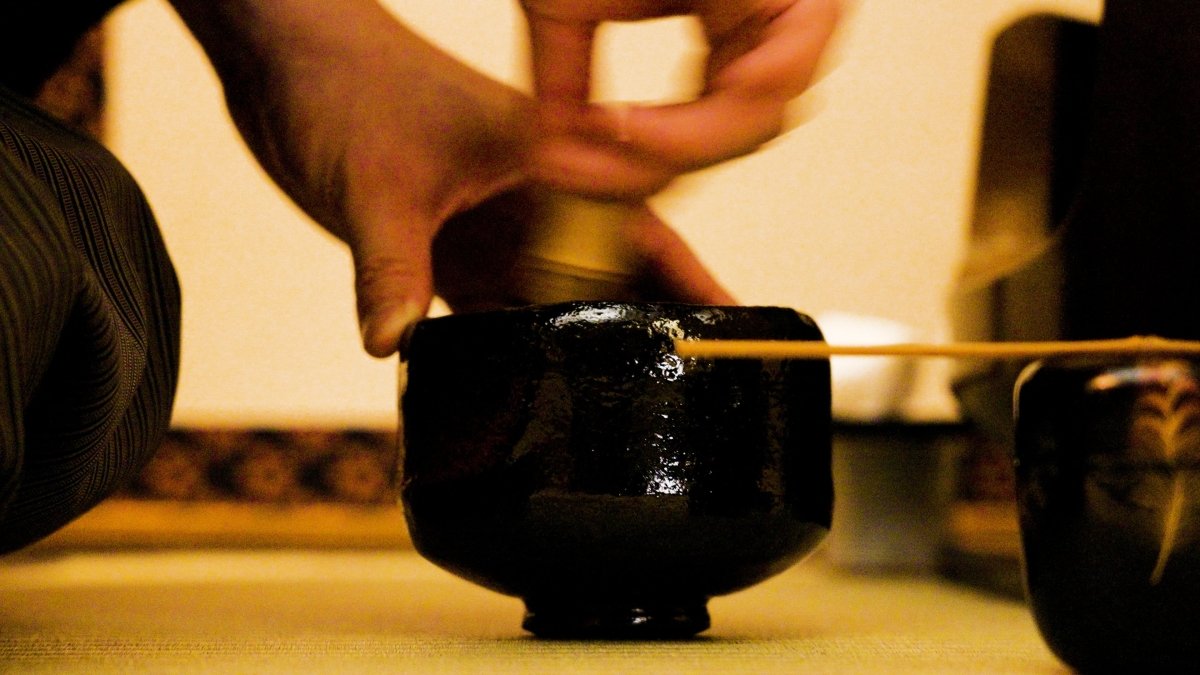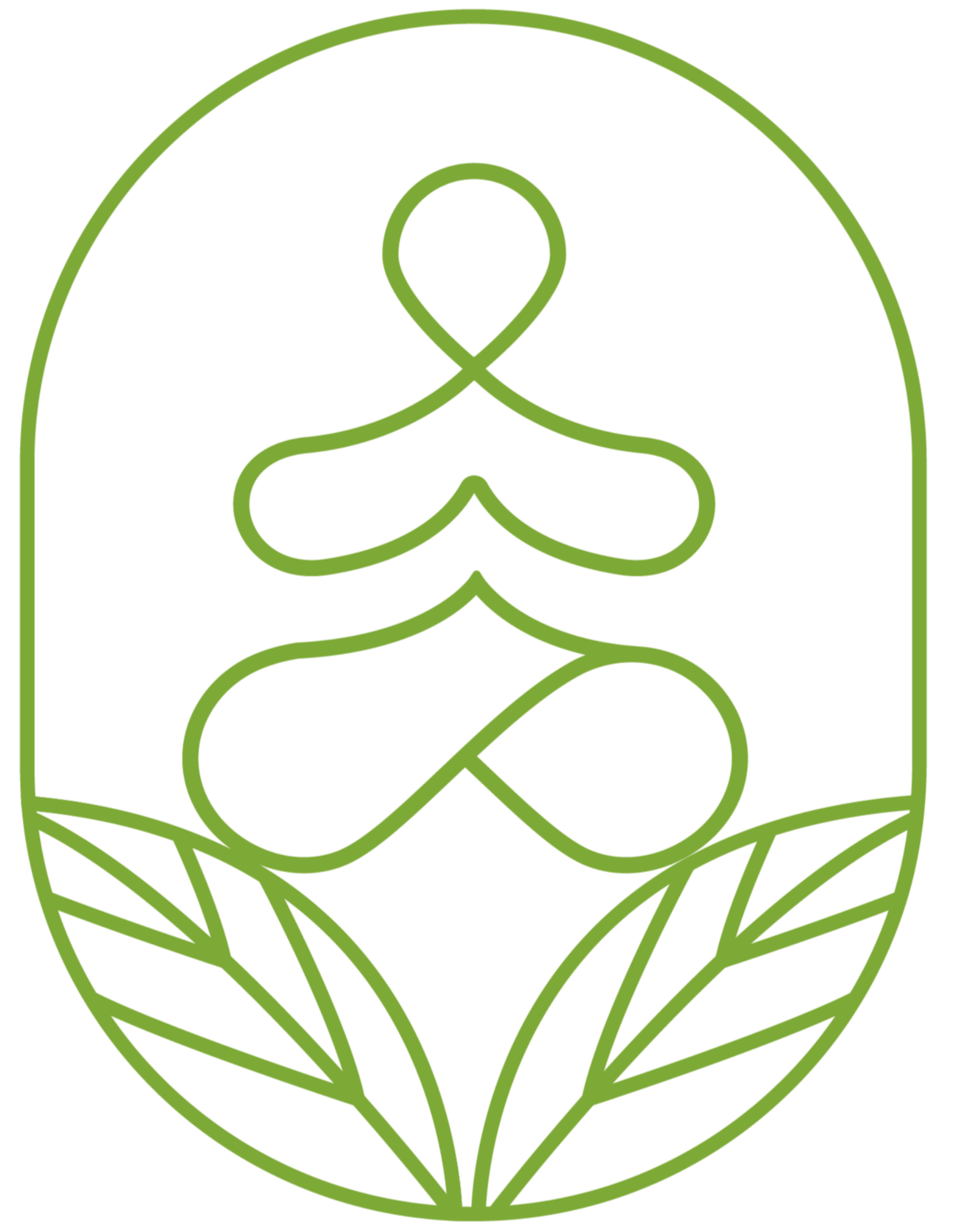
Tea Ceremony History in Japan
The Japanese Tea Ceremony, or Chanoyu, is a cultural practice steeped in history and tradition.
Origins and Early Development
- 9th Century: Tea drinking was introduced to Japan from China by Buddhist monks.
- 12th Century: The powdered green tea, matcha, and the whisking method for preparing it were brought to Japan by the monk Eisai.
- 15th-16th Centuries: The tea ceremony evolved into a refined art form, influenced by Zen Buddhism and samurai culture.
Sen no Rikyu and the Wabi-Sabi Aesthetic
- 16th Century: Sen no Rikyu, a tea master, codified the tea ceremony and emphasized the principles of harmony, respect, purity, and tranquility.
- Wabi-Sabi: Rikyu's tea philosophy embraced the beauty of imperfection and simplicity, known as wabi-sabi. This aesthetic is reflected in the rustic tea utensils and the simple, natural setting of the tea room.
Tea Ceremony's Role in Japanese Society
The tea ceremony held significant social and cultural importance in ancient Japan, fostering a sense of community and providing a space for contemplation and aesthetic appreciation. It was more than just a simple act of drinking tea; it was a ritual that emphasized harmony, respect, tranquility, and purity.
The tea ceremony was particularly popular among the samurai and ruling class. For the samurai, the tea ceremony was an opportunity to practice mindfulness and discipline, important qualities for a warrior. It also served as a social gathering where they could discuss important matters and build relationships with other samurai. The ruling class used the tea ceremony to cultivate social etiquette and demonstrate their refinement and cultural knowledge.
The tea ceremony was also a way for people to connect with nature and appreciate the beauty of simple things. The tea house itself was designed to be a tranquil and harmonious space, and the tea master carefully selected the tea utensils and decorations to create a sense of peace and serenity. The tea ceremony was a reminder to slow down and appreciate the present moment, a valuable lesson in a fast-paced and ever-changing world.
Tea Ceremony Today
Today, the tea ceremony continues to be practiced in Japan, both in private homes and in specialized tea houses. It is not only a way for Japanese people to connect with their cultural roots but also a way to share their culture with the rest of the world. Many tourists and locals participate in tea ceremonies to experience Japanese culture and hospitality firsthand.
The tea ceremony is a unique and unforgettable experience that offers a glimpse into the heart of Japanese culture. It is a testament to the enduring power of tradition and the importance of preserving cultural heritage in a rapidly changing world.


0 comments